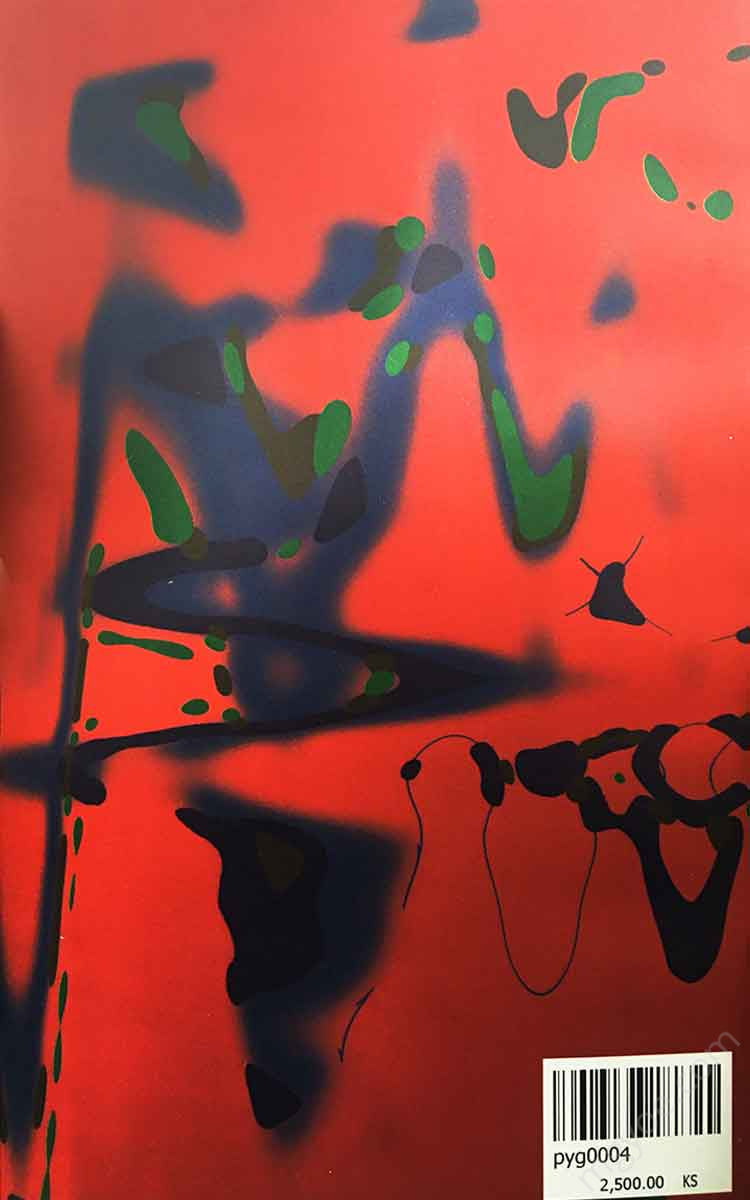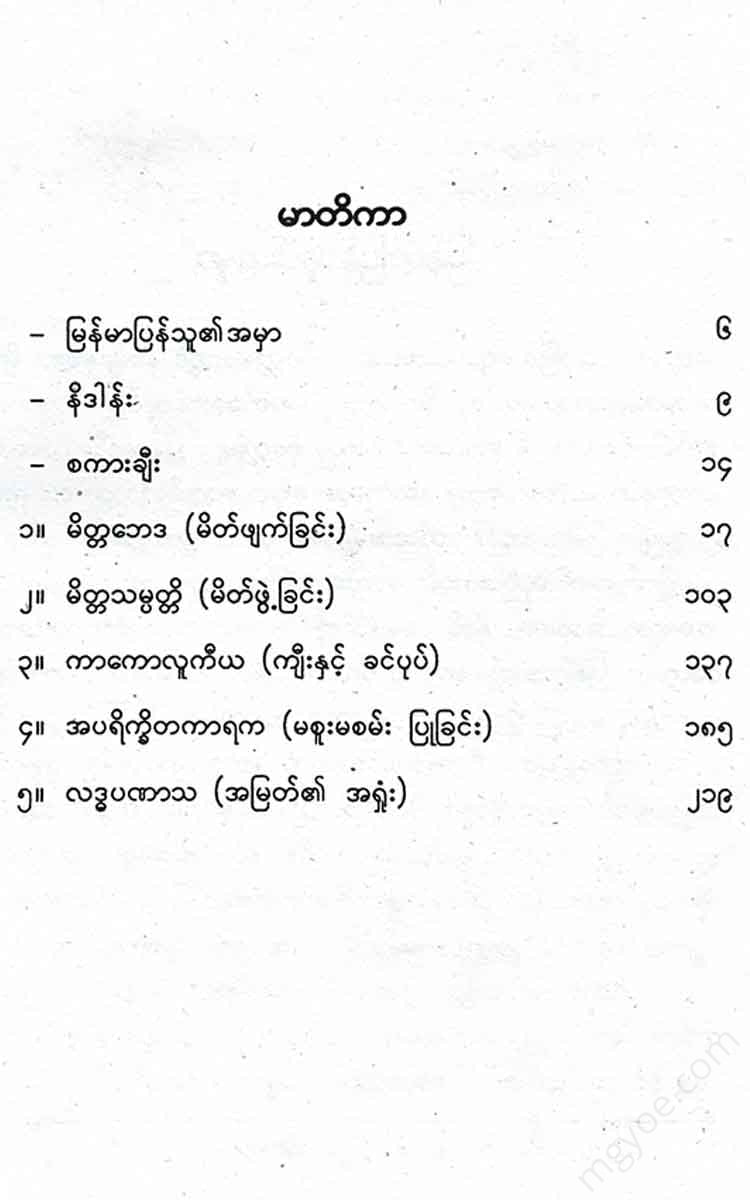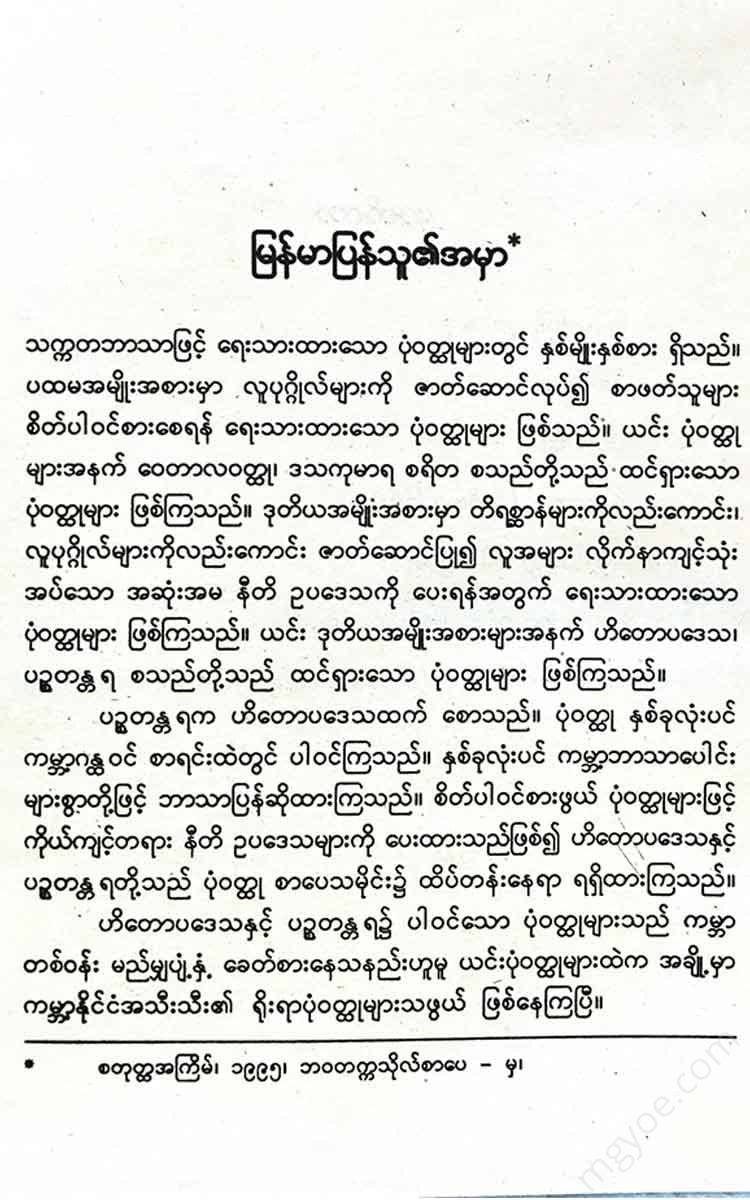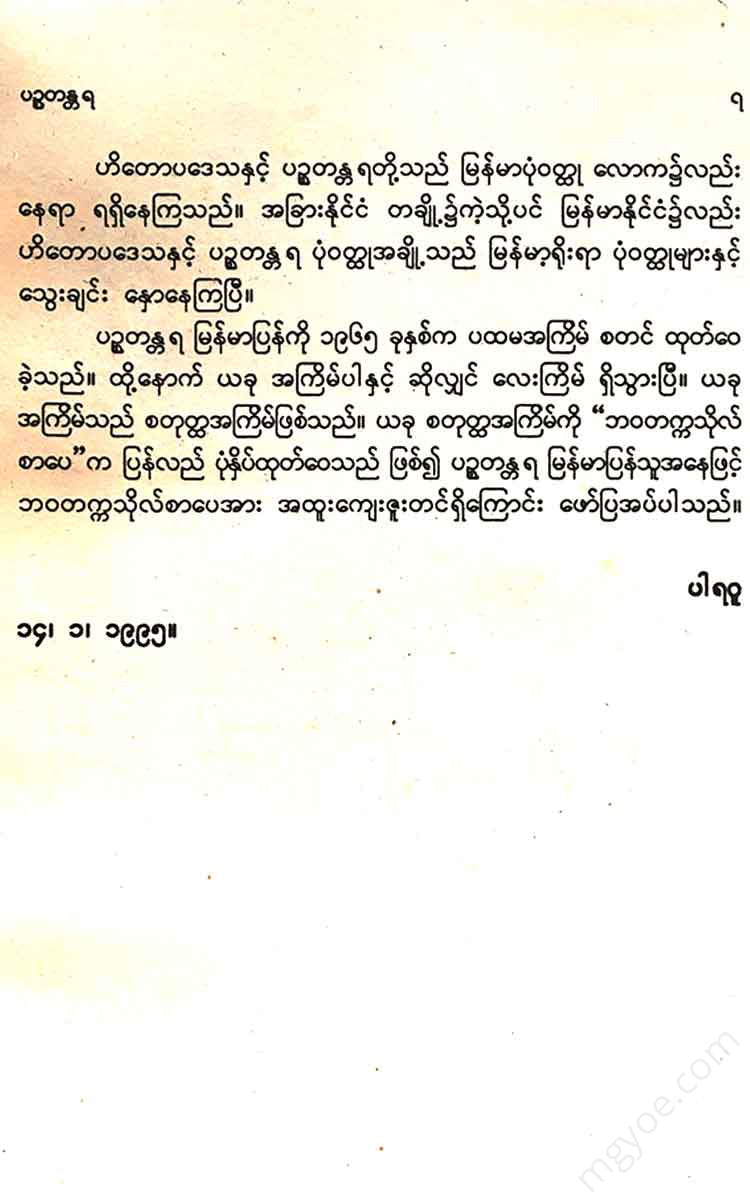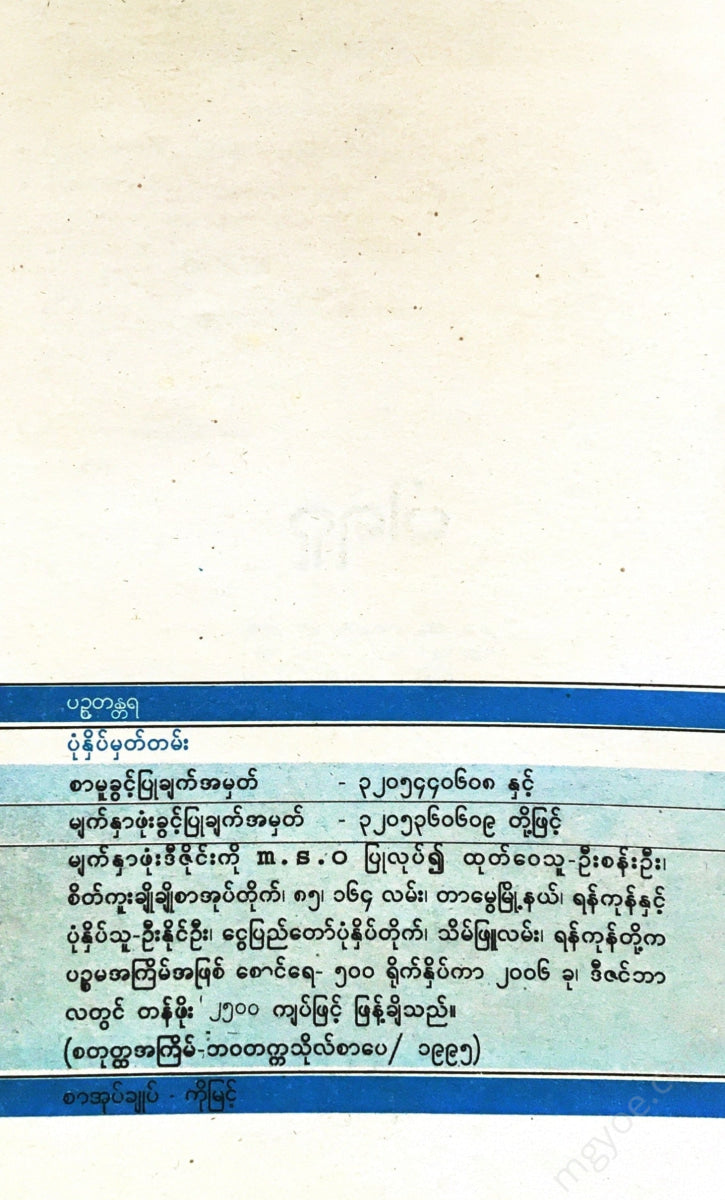စိတ်ကူးချိုချိုစာပေ
Expert - Five Stars
Expert - Five Stars
Couldn't load pickup availability
Introduction
The German scholar Werner Wittenberg, who wrote the “History of Indian Literature,” was once asked a strange question by an Indian scholar. “If India had a gift to the world, what would it be?” The question was asked. “If we were to answer the question of what gift India gave the world, it would be fiction in which animals and birds were used as characters.” Werner Wittenberg replied. Indeed, ancient Indian fiction has had a long history of contact with world literature. The Panchsantara is one of the best-known, oldest, and best-known collections of ancient Indian fiction.
The author of the Pansantara was a Brahmin scholar named Vinsamma (Vashanushmara). The scribe fused ancient ethical, political, and social texts such as Manu, Brihapati, Sukka, Prasara, Vyasa, and Sanaka, and wrote the Pansantara in the Thekkada language in a new style that would be easy to educate and enlighten the masses.
There was a recorded incident. The Persian king Khusrau, who held the position of both the royal physician and the minister, called the Pansantara a medicine that brings the dead back to life. The minister once read in a book that “there is a medicine that brings the dead back to life on a mountain in the Middle East.” Wanting to find this strange medicine, the minister went to the Middle East in about 550 AD and searched for the medicine in many places. When he could not find the medicine anywhere, he became discouraged and asked an Indian scholar, “Where is the medicine in this country?” The Indian scholar replied, “I have read in the book, my lord. The river of life that brings the dead back to life is none other than the river of knowledge. The mountain from which the river of knowledge springs is none other than the river of wisdom. I am talking about the wise. Such a river of life is found in our country, in a book called the Pentateuch.” When the lord heard this from the Indian scholar, he took a copy of the Pentateuch to Iran and had it translated into Pahlavi for the Iranian king to read. This translation was the first translation of the Pentateuch into a foreign language. It is now known that this translation has not been found. Then, in 570 AD, the Pahlavi Pentateuch was translated into the ancient Syrian language. This translation was printed in the middle of the nineteenth century. The translators were German scholars. It is said that this translation is very close to the meaning of the original Sanskrit Pansantara and to the stories of the epic.
Based on the Pahlavi translation, Abdullah Ibn al-Mukalla translated the Pentateuch into Arabic in the eighteenth century. The title of this translation is "Kalila and Dimana". The names of the Karataka and Damanaka in the original Pentateuch are changed. The translator added some illustrations. It is said that this book is one of the most popular books in Arabic.
Translations of the Pentateuch based on the Arabic translation appeared one after another in Europe. In the eleventh century, the Pentateuch was translated into Greek. This translation is the earliest European translation of the Pentateuch. Through this translation, the Pentateuch was translated into Russian and other Slavic languages of Eastern Europe. Then, the Greek translation of the Pentateuch spread to Western Europe, and from the sixteenth century onwards, the Pentateuch was translated into Latin, Italian, and German.
Around 1251, the Arabic Pentateuch was translated into Spanish. The Pentateuch was also translated into Hebrew through the Arabic translation. Based on this translation, a Jewish monk named John of Capua, a native of southern Italy, translated the Pentateuch into Latin between 1260 and 1270. The translation was called "The Book of the Dead, the Dictionary of Human Life." John of Capua's translation of the Pentateuch became quite popular in medieval European literature, and through it, the Pentateuch was translated into many European languages. Around 1480, John of Capua's translation was translated into German. The German translation was so popular that it was reprinted over and over again, and is said to have been published more than twenty times in fifty years. The Panchatantra was also translated into languages such as Danish, Dutch, and Irish through this German translation.
The Pentateuch was translated into Spanish, Czech, and Italian through the Latin translation of John Capua. A writer named Doni translated the Pentateuch into Italian in 1552. From this translation, Sir Thomas Masnow translated the Pentateuch into English for the first time. This translation was published a second time in 1601. This English translation of the Pentateuch involved six stages of translation: from Sanskrit to Pahlavi, from Pahlavi to Arabic, from Arabic to Hebrew, from Hebrew to Latin, from Latin to Italian, and from Italian to English. (In 1942, Stanton Rice and twenty years ago, the American scholar Ryder also translated the Pentateuch into English.)
In the twelfth century, a man named Nusrullah translated the Pentateuch from Arabic into Persian. Based on this Persian translation, a Persian translation of the Pentateuch was published in the fifteenth century. The number of languages translated from this translation was almost as large as the number of languages translated from the Arabic translation. The Persian Pentateuch was also translated into Turkish, West Asian, and Central Asian languages. In 1644, the same book was translated into French. The French translation is known as the Tales of Pilpilly. The famous French novelist La Fontaine collected many stories from the stories of the wise man Pilpilly and wrote his novels. Then, eighty years later, in 1724, a Turkish translation of the Persian text and another French translation of the French text appeared. These French texts and the translations from them were very popular. These translations were also very popular in Greece, Hungary, Poland, Holland, Sweden, Germany, and England.
In this way, it is clear how much the world is interested in the Pansantara, judging by the way it is translated into world languages. In Myanmar, some of the Pansantara stories are so much integrated with Burmese culture that they can be considered Burmese folk tales.
There are about eight versions of the Pansantara. The one I have translated into Burmese is the most common. In this Myanmar translation of the Pansantara, I have tried to make the text more concise, and have reduced the ethical verses as much as possible, and have translated them with emphasis on the story.
Expert
22, 10, 65.

